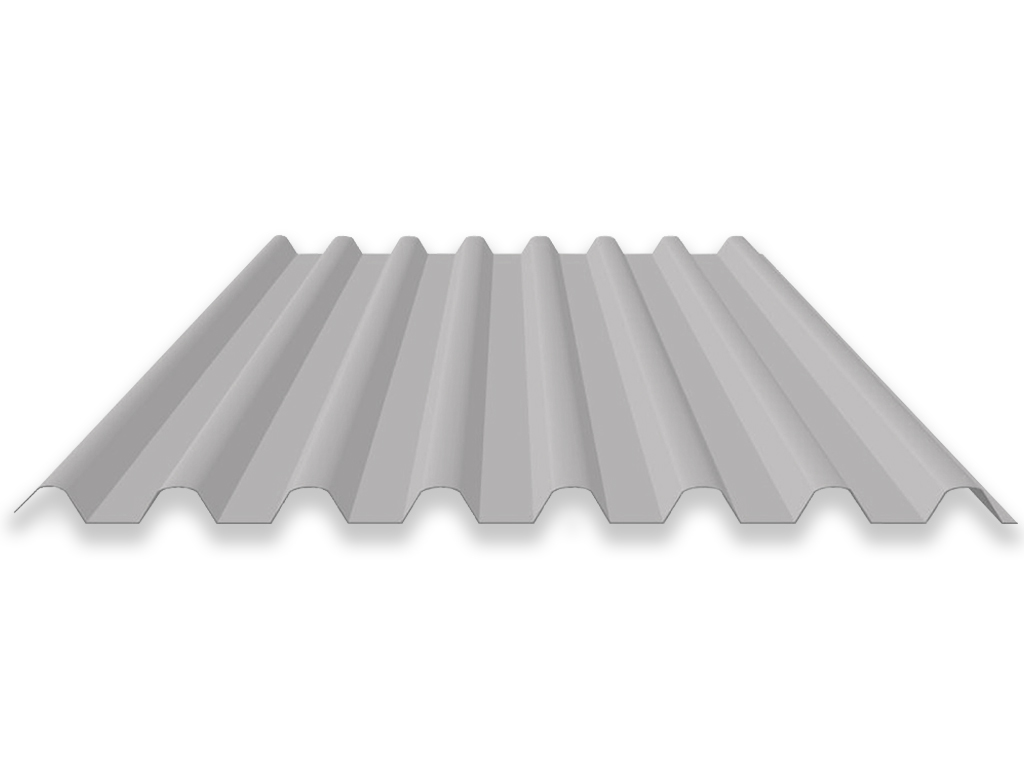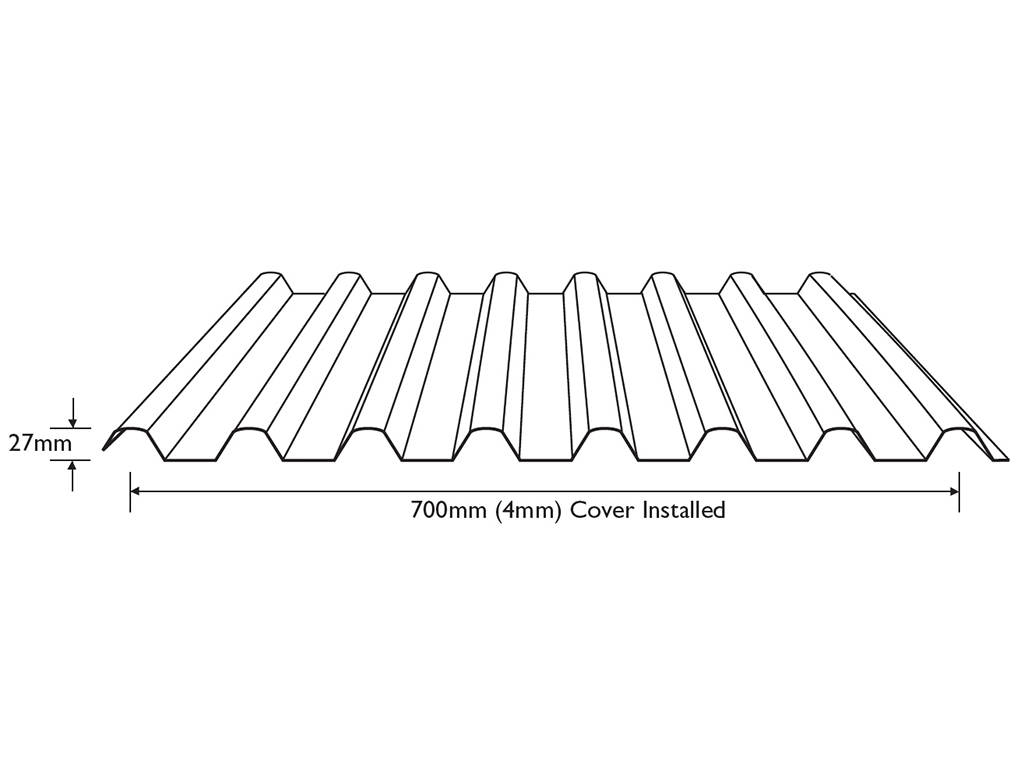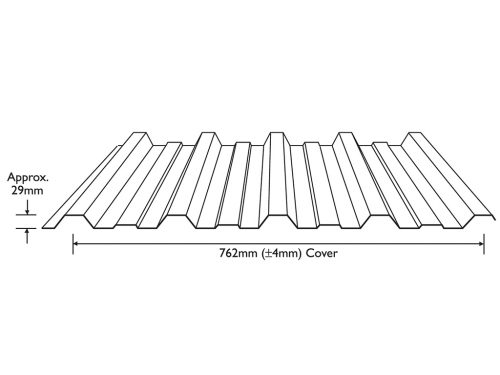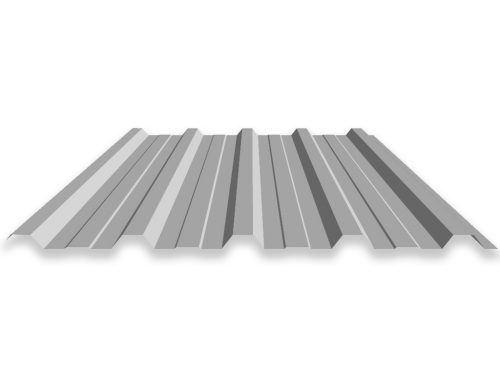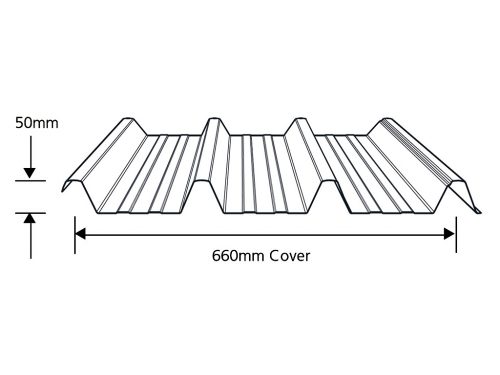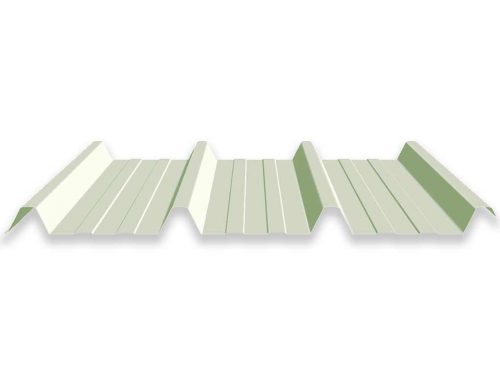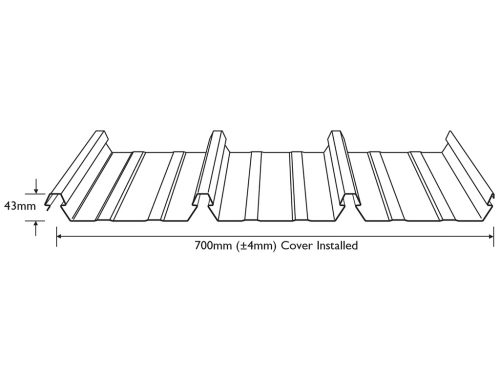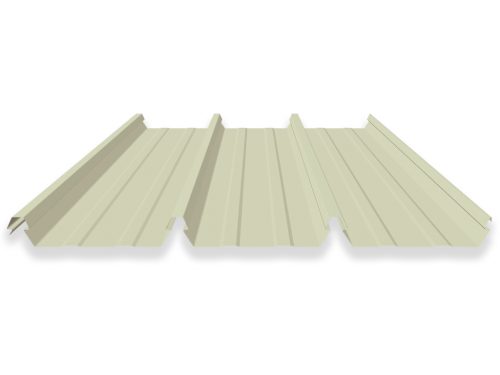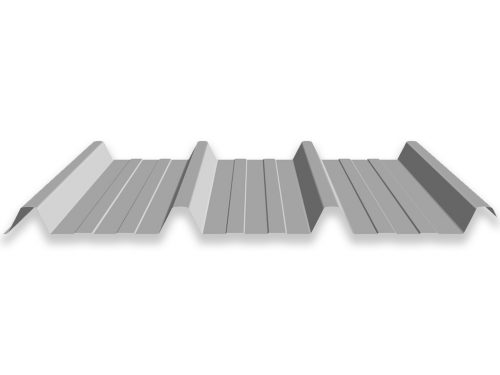Stramit Longspan® is a good looking, long spanning high strength roof and wall sheet
Related products
-
5 Rib (Trimdek equivalent) 0.48BMT Zincalume
$16.01 Exc. GST m -
Capacity Plus 0.42BMT Colorbond
$30.11 / m Exc. GST -
Concealed Fix 700 (Klip-Lok equivalent) 0.42 BMT Colorbond
$17.00 / m Exc. GST -
Capacity Plus 0.42BMT Zincalume
$33.44 Exc. GST m
